Seeing life from a different angle – Peter Sagan faces final curtain on the road
‘Different things are important in my life, not only the bicycle’ says accomplished Slovakian
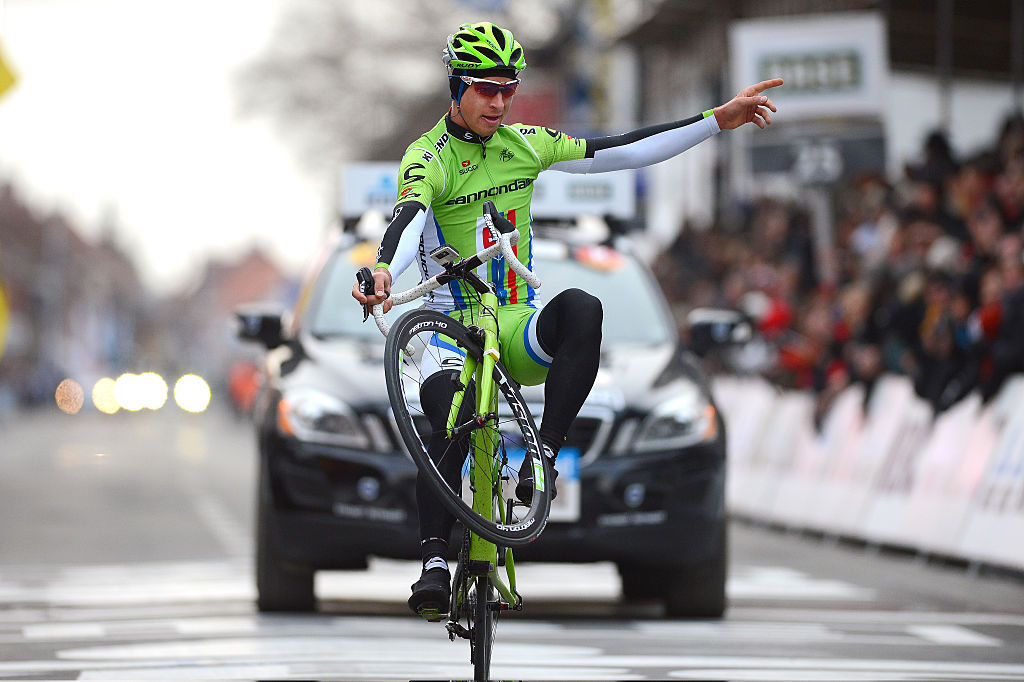
“Different things are important in my life, not only the bicycle,” Peter Sagan said late on Thursday evening, as reporters huddled around him in a VIP tent at a concert by Argentinian rock band, La Beriso, on the outskirts of San Juan. His chosen venue for the announcement of his retirement from road racing at the end of this season was oddly fitting in its own way. The man always did things differently.
Earlier in the week, Sagan had issued an invitation to the media on the Vuelta a San Juan to attend his 33rd birthday celebrations on the race’s rest day. Vague murmurs circulated in the press room that he might be contemplating retirement, but they were quickly dismissed. Most expected the soiree would offer little more than the promotion of the wares of some sponsor or another.
Instead, when Sagan walked into the tented area shortly before 10 p.m. local time with past and present Liquigas teammates Daniel Oss, Maciej Bodnar and Elia Viviani for company, it was clear that something rather more momentous than hawking a new shoe or showerhead was afoot.
Sagan’s pithiness has been a hallmark throughout his career, and his statement here was appropriately concise. Taking the microphone, he announced his intention to retire from WorldTour racing with TotalEnergies at the end of this year, he indicated his intention to race the mountain bike event at the 2024 Paris Olympic Games, and he had words of thanks for his teams past and present. What else was there to say?
The timing and the venue of the announcement may have been unexpected – it was far too late for print deadlines in Europe, and it seems that media in his native Slovakia were not forewarned either – but its substance was not entirely surprising. Sagan had flagged it as long ago as the winter of 2019, when he contemplated his upcoming 30th birthday in an interview with Cyclingnews. “I don’t have a lot of years left. But that’s more motivating than frightening,” he said then.
Sagan’s life has moved fast from the moment he entered the WorldTour as a callow 20-year-old with Liquigas in 2010 and instantly morphed into an international superstar. One green jersey became seven. One world title became three. The victory celebrations went viral, and the contracts grew bigger, but so did the commitments.
Even when the bike rider needed rest, the brand couldn’t allow it. Another race, another flight, another ad campaign, another sportive bearing his name. Sagan’s residence changed over the years from Žilina to Treviso to Monaco, but his true home always seemed to be somewhere out there on the road.
Get The Leadout Newsletter
The latest race content, interviews, features, reviews and expert buying guides, direct to your inbox!
The COVID-19 lockdown of 2020 saw Sagan spend more than a few unbroken weeks in the same place for the first time since he was a teenager. That spring in Monaco, Sagan rode for an hour on the turbo trainer each morning, then visited his young son Marlon at the nearby home of his ex-wife Katarina every afternoon. It was a chance for the athlete to rest and reboot, but perhaps also a pause for the man to reflect and realise that there was a whole lot more to life than bike races.
Sagan’s last two seasons, meanwhile, have been blighted by repeated illness, though he insisted that the frustration of constantly chasing condition and starting again from scratch had nothing to do with his inclination to retire. The decision was made by the man rather than the cyclist.
“No, it’s not about that. The last two years were not very good because I was sick at the start of the season and afterwards it was hard dealing all the season with it, but it’s not about that,” Sagan said on Thursday evening. No, it was the perpetual motion rather than the occasional enforced stoppage that convinced him the time had to come.
“I’ve already lost Marlon for five years where I am in and out, in and out – I’m away for two months, back for five days, then away again,” Sagan said. “It’s important for me to spend time with him and to see life from a different angle, not just as a cyclist.”
Legacy
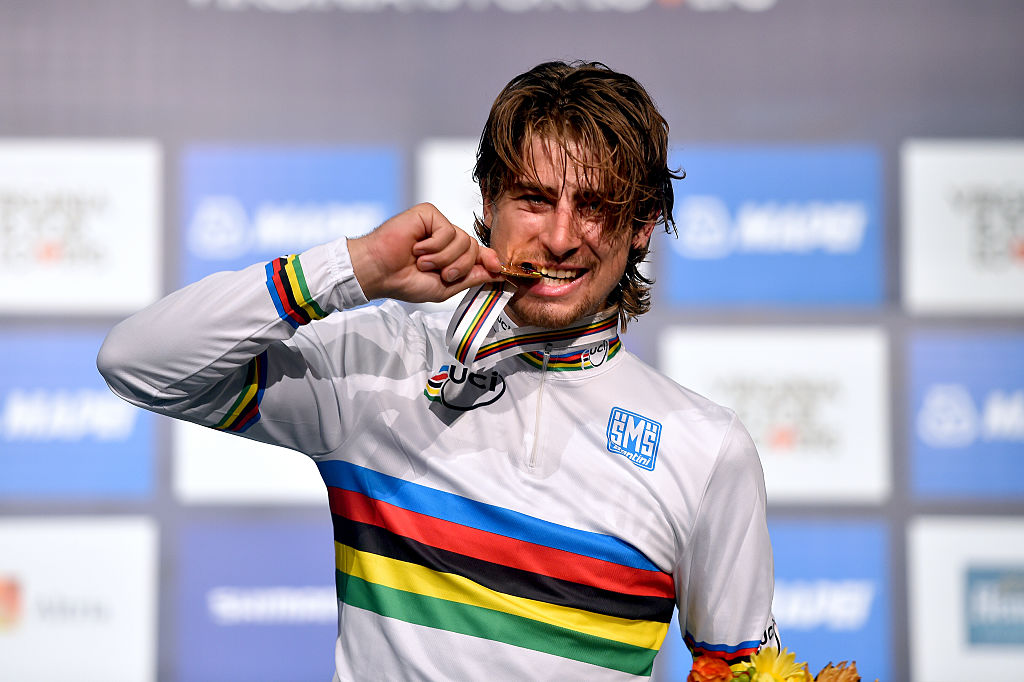
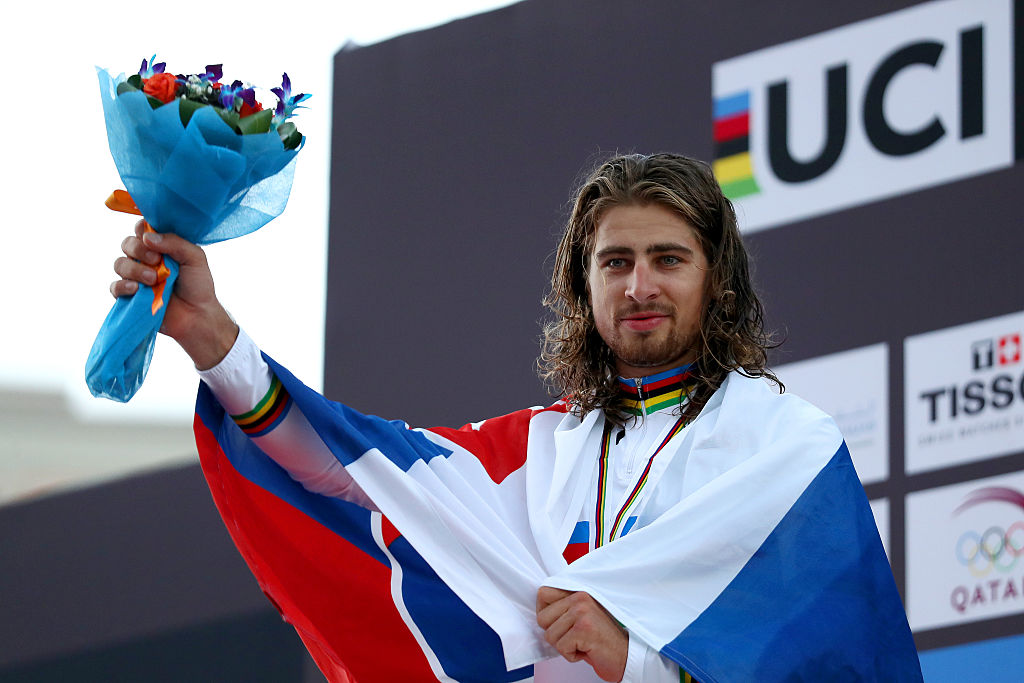
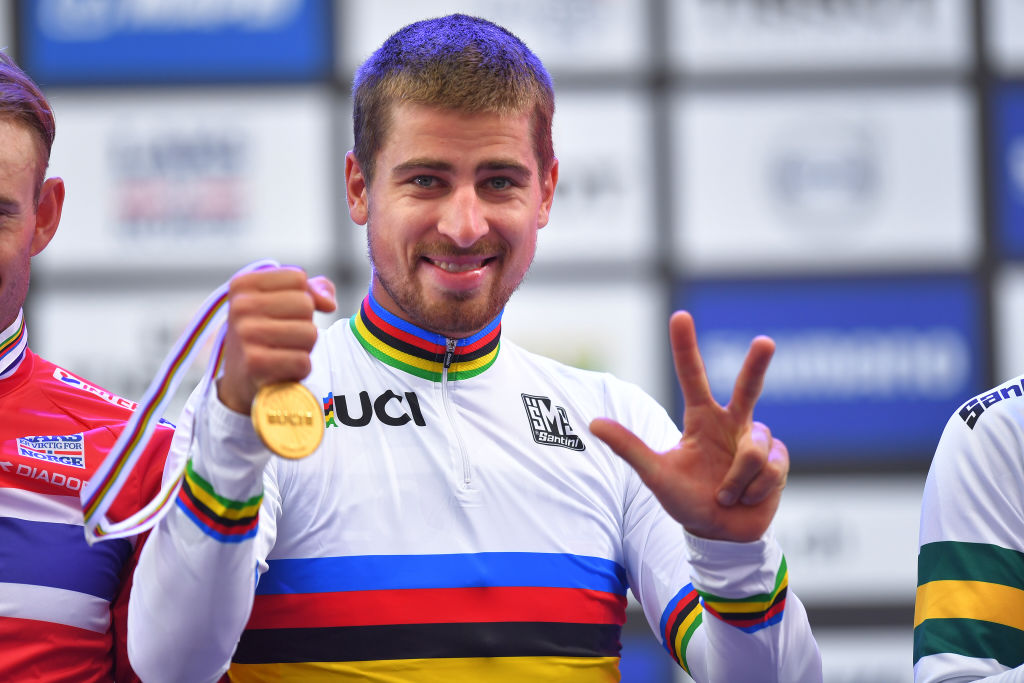
Asked to recall his best day on a bike, Sagan opted for three, in Richmond, Doha and Bergen. “Definitely as victories, the three World Championships,” he said. “You have to take those three special victories as one.”
The unique feat of wearing the rainbow jersey for three successive years guarantees Sagan’s place in the record books, but his impact and legacy will not be fully explained by a glance at his palmarès, which features a record seven Tour de France green jerseys and 121 total wins. FDJ manager Marc Madiot, a firm Sagan admirer, put it best during the Slovakian’s first year as world champion in 2016: “He has the enormous freedom of not being obliged to win in order to exist.”
Sagan never saw it that way, of course. Winning was his business. It’s true that his running tally of two Monuments – the Tour of Flanders in 2016 and Paris-Roubaix in 2018 – is not quite reflective of his extravagant gifts, but that was still two more than the great Freddy Maertens managed. Like Sagan, the Belgian is remembered and revered for something intangible, far beyond the rainbow and green jerseys he won. Poignantly, they struck up a warm rapport when Sagan started to spend time Ostend during Classics build-up later in his career.
From the moment Sagan announced himself to the professional peloton with an insouciant attack at the 2010 Tour Down Under, he was a rider who appeared to defy all categorisation. The old tactical rules didn’t seem to apply to a man who could do just about everything and often did. Despite his rapid sprint, he was just as capable of attacking from distance. Sometimes he made errors of naivety, but he was stronger than those mistakes enough times to make them seem worthwhile. The high-wire act was all a part of the show.
In the latter part of his career, Sagan was regularly asked about the increasingly anarchic feel to the Classics and the challenge posed by the dexterity of riders like Wout van Aert and Mathieu van der Poel. The unspoken irony, of course, was that Sagan, with his fearlessness and diverse skills, was the man who laid a pathway for Van Aert, Van der Poel et al. He was the unwitting inventor of the so-called ‘new cycling.’
Mountain bike
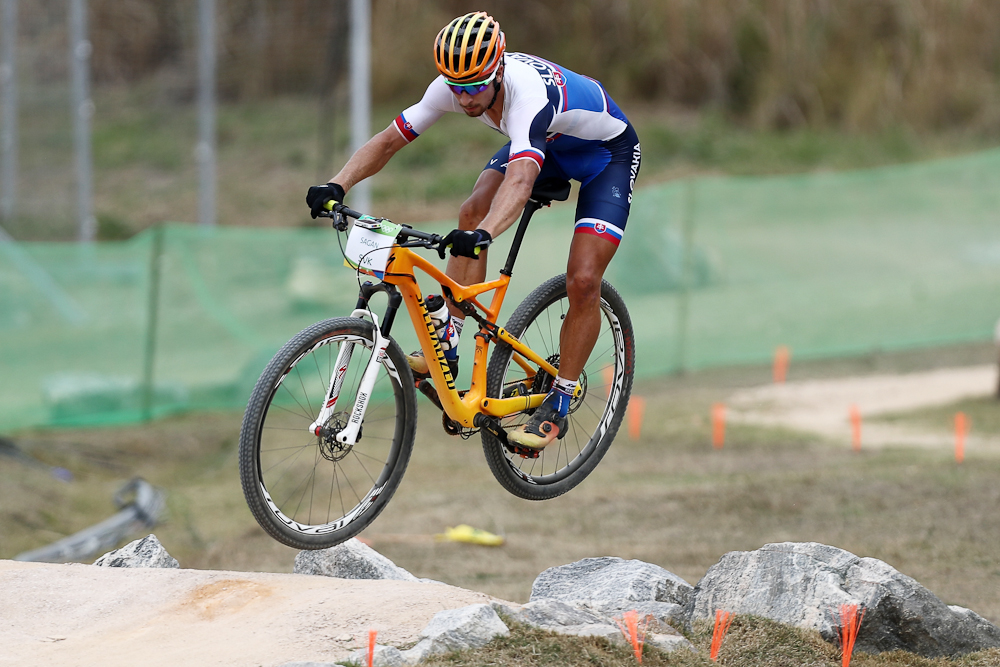
Sagan’s ability and exuberance on the bike made him an obvious pitchman for sponsors even beyond the bike industry. His talent condemned him to live as a public figure, but he remained somewhat unknowable, an essentially private man. He could show everything on social media while revealing relatively little of himself. A rare feat.
Still, the fierce loyalty of those closest to him said plenty. Cycling history is peppered with champions whose entourages collapsed due to problems of ego or arguments over money, but Sagan’s team within a team – riders like Oss and Bodnar, as well as agent Giovanni Lombardi, press officer Gabriele Uboldi and masseur Maroš Hlad – proved to be a lasting one, transferring en masse from Bora-Hansgrohe to TotalEnergies last year. All were by Sagan’s side in San Juan on Thursday.
Sagan’s business these past 13 years has been a wearying one, not least because he never seemed to go through the motions. Even in low-key races where he was battling for condition, with little hope of claiming the spoils, he rarely sat up and tapped out. Early in his career, Sagan was sometimes compared with Sean Kelly, but their greatest similarities were perhaps in attitude rather than in style. Both seemed to believe that a cyclist paid to perform had an obligation to fight for every available prize every time he pinned on a number.
That work ethic has been on show again this week in San Juan. On the bike, his condition still in crescendo, Sagan has nonetheless contested every sprint. Off it, even on Thursday’s rest day, his obligations included spending time with the governor of San Juan at the ‘Vuelta Inclusiva’ event in the afternoon and then appearing on stage with La Beriso shortly before midnight, where the crowd was asked to serenade him for his birthday.
Being public property must be an exhausting enterprise, and Sagan’s return to mountain biking next year seems less about chasing an Olympic gold medal and more about enjoying his freedom.
“I wanted to do it for me, and not for anybody else,” he said on Thursday night, and it was telling that he cited his unlucky but happy experience at last year’s e-MTB Worlds in Les Gets. “The experience in electric mountain bike in World Championships was the most fun thing I did in 10 years.”
What more was there to say?

Barry Ryan was Head of Features at Cyclingnews. He has covered professional cycling since 2010, reporting from the Tour de France, Giro d’Italia and events from Argentina to Japan. His writing has appeared in The Independent, Procycling and Cycling Plus. He is the author of The Ascent: Sean Kelly, Stephen Roche and the Rise of Irish Cycling’s Golden Generation, published by Gill Books.